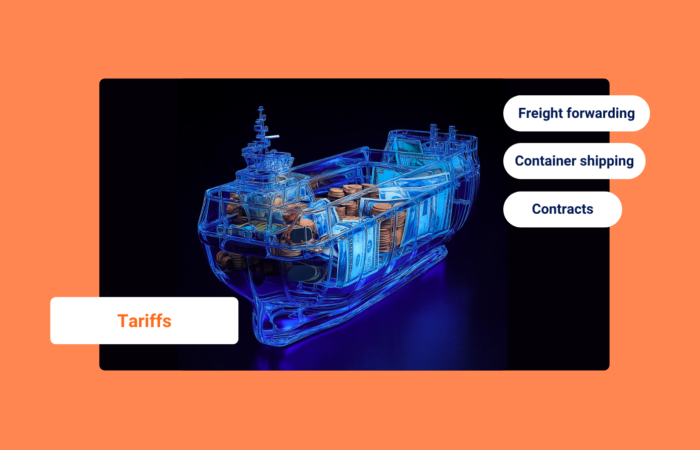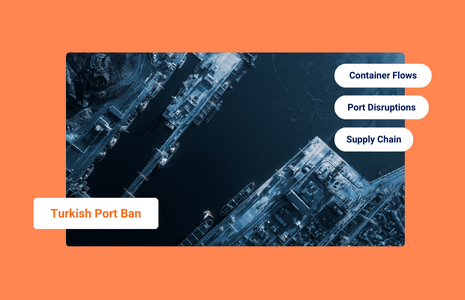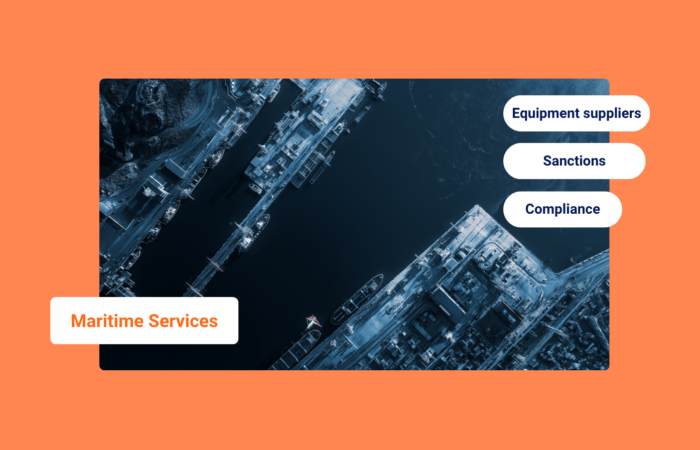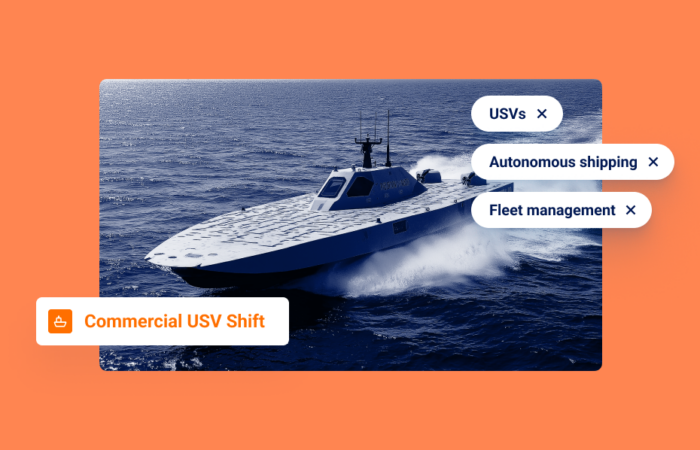5 Necessary Capabilities for an Exception Management Solution
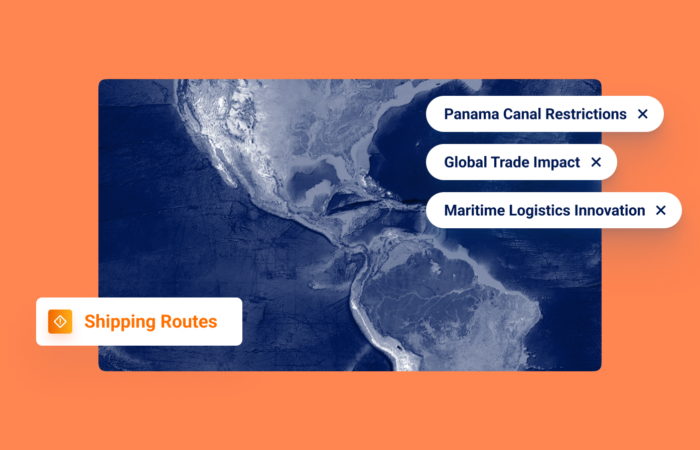
What’s inside?
Real-time updates and customized insights can simplify exception management
When it comes to shipping, disruptions are a constant. Unexpected weather; geopolitical events, from wars to trade disputes; changes in market demand that impact capacity; port congestion; and missing documentation are just a few of the many factors that can result in deviations. This means delays in delivery. And just like that, the supply chain is disrupted.
These are ongoing challenges for freight forwarders, importers, exporters, and other actors in the vast ocean freight ecosystem, who struggle to cope with endless sources of container data, even at the best of times.
To keep their business operations running smoothly and to maintain the integrity of the supply chain, it’s vital for them to be able to quickly track all their shipments, monitor delivery statuses, and ensure that they arrive at the intended destinations on time. When things go wrong, attempting to manually track containers and vessels to find those that need special attention can be challenging, time-consuming and even overwhelming.
Exception management allows you to quickly realize what’s not happening according to the plan, prepare alternative plans, proactively manage customer relations, and work to mitigate unwanted fees and charges.
But not all solutions for management by exception are created equally…
When looking for an exception management solution, you’ll want to ensure that it will help you overcome a range of challenges, simplify the process, and deliver the best results. Here are five capabilities you need:
Sift through the masses of data: operators can be overwhelmed with data and hundreds of emails a day. This means that critical updates don’t reach the right people because they’ve been overlooked among giant volumes of routine communications.
If you’re tracking 4,000 shipments, but only 110 are critically delayed or early, you’re going to want an AI-based platform exception management solution that you can customize to accurately filter the data, allowing you to ONLY receive notifications for the critical exceptions. This means you can easily identify and prioritize shipments that require immediate attention.
Get accurate ETAs: Planning can be significantly disrupted when uncertainty surrounds the schedule. The more real-time information you have about the location and condition of shipments, so you can accurately predict the ETA and reasons for delay, the more proactive you can be. The earlier you know about delays, the more flexibility you’ll have in dealing with the obstacles.
Automatically detect and log transshipments: one Bill of Lading (BoL) can include ten containers and transshipments can be involved – containers from a single shipment can be moved to one vessel during a transshipment, while the other half are placed on another. Now you have a split BoL mid-journey, which creates a whole new set of complications and data.
You’ll want to receive actionable insights daily, for example, a daily email report. If you can see where your shipments are stuck, you can take immediate action by calling the carrier and ensuring the container gets on the next vessel – minimizing the impact of any oversights. Automatic detection and logging of transshipments offers visibility into shipment delays and enables you to remedy the situation quickly.

Track all voyage milestones and be updated irrespective of carrier: The vast amount of information coming out of one voyage is astounding. Operators constantly process information from a vast variety of sources, including: carriers, vessel finders, tracking providers, port operators, customs systems. There’s no single source of truth and these data streams are often inconsistent, resulting in multiple, even contradictory, ETAs.
To maximize exception management capabilities, the solution needs to offer end-to-end visibility by integrating with all touch-points involved: shippers, receivers, carriers, and logistics service providers, and enable you to be notified if, for example, a shipment has left the POL late. These alerts assist with advance planning and should enable you to find out what went wrong and take immediate action.
Streamline exceptions to maintain customer relationships: when the ETA changes, many legacy solutions do not offer a clear explanation, leaving operators to placate frustrated and angry customers who are looking for answers. The lack of accountability up the supply chain harms customer relationships for freight forwarders, BCOs and other maritime organizations.
Advanced AI container tracking provides more accurate ocean freight visibility, ETAs, and reasons for delays, which go a long way to developing trust with customers. By identifying critical or significant delays and taking appropriate action, you can ensure that your customers are informed and updated, increasing trust and loyalty, and resulting in a better customer experience and improved business performance.
An advanced AI-based exception management solution will provide you with sophisticated real-time shipment tracking that will have a positive impact on your bottom line, improve your customer relationships, and propel your business forward.








